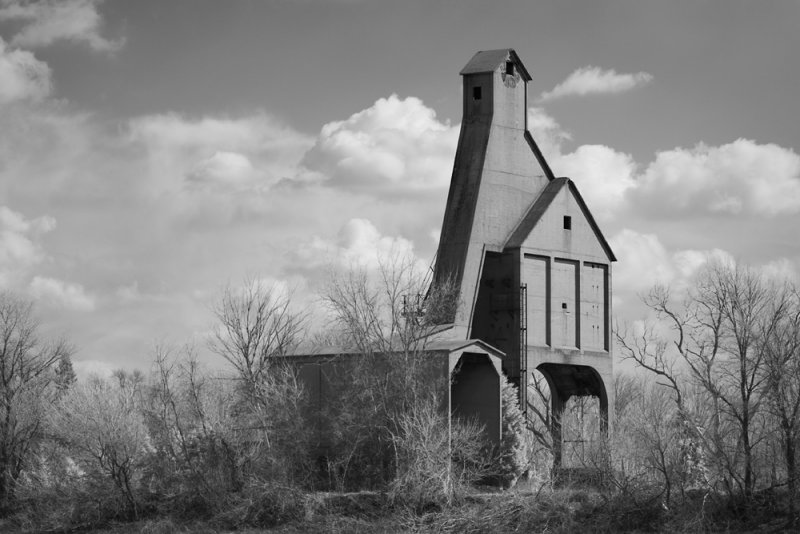Ed and Michael,
Thanks for the comments! The quick and dirty edit was subtle, Michael.
Asher,
I bought a Canon 5D body when it first came out, and eventually it wound up with some AA filter damage. The early models were susceptible to this, and changes were made to bodies manufactured later. The camera has been out of warranty long ago, and I decided not to argue the issue with Canon service. Some have done so successfully, others not. Life's short, so I bought a second 5D and sent the original to LifePixel to have the AA filter replaced by a filter made for near-infrared. I've always wanted to experiment with IR, and this was as good an excuse as any.
I haven't used any lens filters with this set up. Simply out of habit, I manually focus for everything with this camera, so can't comment on AF performance. As far as I can tell, manual focus through the viewfinder matches that seen at the sensor, but I haven't yet shot anything wider than f/5 or so.
Metering with an IR converted 5D is sorta' kinda' like what you'd expect with a stock body, but I've encountered some situations where the RGB histogram served as a better guide to exposure. Don't yet have enough experience with IR to predict the tricky conditions, so lots of chimping is done after each exposure.
Some lenses are better suited to IR than others. For whatever reason - might be subjective lens coating or lens element group spacing - some lenses see the IR light bouncing off the sensor and reflect it back. The result is seen in the resulting photo, and is called a "hot spot". My Canon 50mm f/1.4 and 28-70 f/2.8 zoom were unusable due to this. The el-cheapo 50mm f/1.8 works great, however. My trusty 135mm f/2 also works great; it was used for the coal chute. Lists of good/bad IR lenses are easy to find on the web.
Processing RAW files from an IR-modified DSLR is another can of worms, and it's a very big can. I have found some converters and work flows are better than others, but I've been at it for only several weeks. It's way too early to reach any conclusions.
I've had a blast riding the IR learning curve.
Tom



